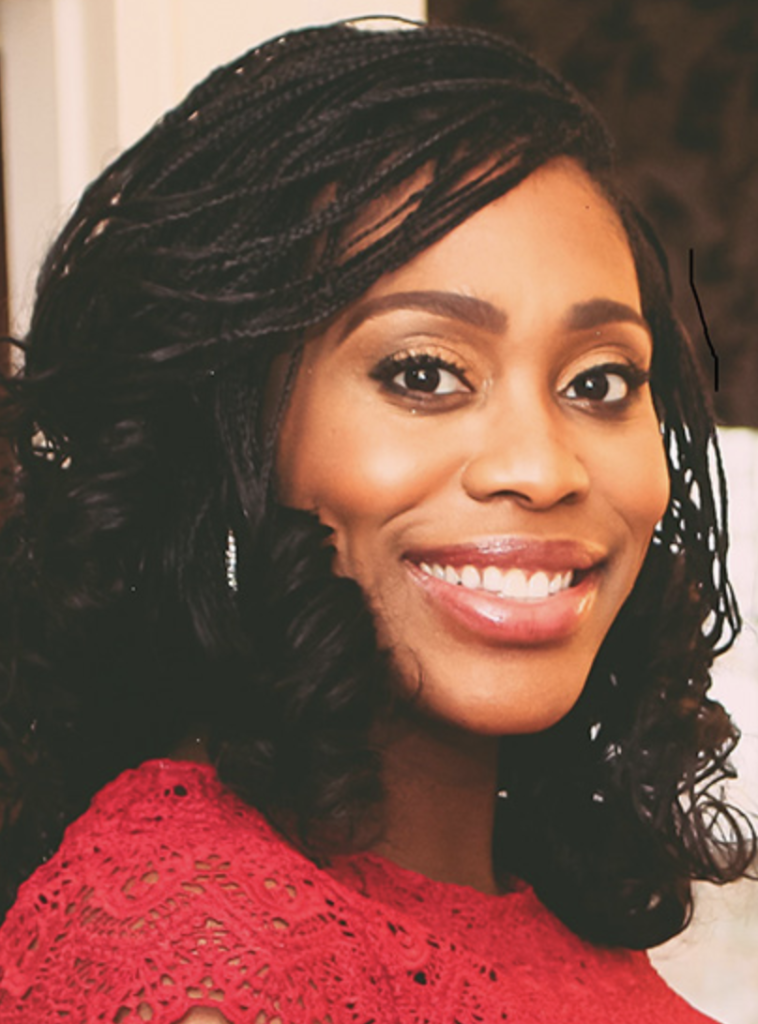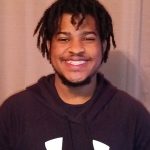
Dr. Katrina Thompson Moore, an associate professor in the departments of history and African American Studies at Saint Louis University, shares her thoughts on slavery research, education and history.
Growing up in New Orleans, Dr. Moore had witnessed how the historical foundations of slavery remained conspicious in the modern day. Now at Saint Louis University, Moore hopes to see a willingness to open conversations on slavery at the national, municipal and educational level. Here, in an interview with Brian Guerin, she discusses current efforts to acknowledge the history of slavery in St. Louis, Jesuit orders, and collegiate institutions. The questions and answers have been edited for clarity.
Guerin: What areas or aspects of African American studies do you specialize in?
Moore: I specialize in the institution of slavery and the culture of slavery that has continued today. I look at Black history holistically. I look at culture, pop culture, and music. I focus on foundational West Africa through the enslavement period, but also look at civil rights and contemporary Black America to show the continuance of particular cultural traits and experience.
Guerin: How did you first become interested in addressing the legacies of slavery, through research and through teaching?
Moore: I started in graduate school, looking at the institution of slavery just to understand the experience. And in studying slavery, I noticed cultural continuances – not only cultural continuances in the African American community, but in American society. There’s certain parts of the institution of slavery that are imprinted on American culture overall, certain stereotypes. The way we think about race, the way race is constructed … that all comes from this time period. Even the way our cities and our schools are laid out. I just noticed that slavery was often taken out or ignored, but it’s there. If you study it long enough, you can’t help but see its remnants all around you.
Guerin: What work do your departments focus on with respect to historical research on slaveholding?
Moore: I knew when I applied to Saint Louis University that they held slaves. Anyone who studies slavery pretty much knows that institutions that have been around for this long have had this relationship with slavery, even if they were not in a state where slavery was legal. They may have financed [slaveholding] and gained money from it.
A lot of my colleagues here are looking at this. Dr. Nathaniel Millett wrote an article on Saint Louis University and slavery. Dr. Charles Parker and Dr. Millet are coming out with a book called Just Within Race, which I’m sure they will talk a little bit about its slavery past. Dr. Silvana Siddali and Dr. Lorri Glover bring the institution of slavery up in their research and in the classroom. They may mention it in class, have a conversation, or contribute to discussions that are taking place. Some people are doing a little bit more research on justice and race in my department. And so it varies, but it’s definitely something that has contributed to more conversations about that history.
Guerin: Saint Louis University’s Slavery, History, Memory and Reconciliation project (SHMR) is an ongoing initiative to uncover and share a more complete picture of Jesuit involvement in slavery. The SHMR project hopes to honor the memories of those individuals held in bondage and find a path toward reconciliation. Overall, how do you think Saint. Louis University has managed this project?
Moore: I know that the descendants of the enslaved that we have found want more traction. They want more activity. And I do too. And I think that the problem is that when you enter Saint Louis University as an undergraduate, you get the same story. It’s a very kind of frontier, pioneer story of SLU’s founding and “men and women for others.” We have a SLU model – we all become Billikens. As a part of that transition to become Billikens, every student should get a better understanding of slavery.
A lot of cities have this problem, but some cities start to change their school and street names. I’m from New Orleans, and one of the most popular streets in New Orleans was Robert E. Lee Boulevard. And there was a big statue of Robert E. Lee. As a kid growing up, I didn’t even know “Lee” stood for Robert E. Lee. And then as I grew up, it took me a while before I put it together that the statue says Confederate General, and they lost a war… and the complexity of that. A few years back, they changed the name of the street and there were protests, similar to the Confederate Memorial protests here in St. Louis.
I want us to be men and women for others, and recognize that those others include the enslaved people that helped to build our institution. When I first got here in 2008, no one was talking about it. I knew about it, but it wasn’t something that was talked about and I would say the average student still doesn’t know. And so I think that SLU and so many institutions could do a lot more.
Brian: Interesting you mention the struggle to rename buildings, schools and streets in St. Louis. I know there have been some developments across the city on this front.
Moore: Renaming is something that doesn’t have to be automatic. It should be a conversation. Not only that, it should be one of many conversations. And I believe that SLU is not anything without its students. Students should have a say in the school that they are always going to be affiliated with, and this should be a conversation that students have. Let’s have debates about it, make it an academic exercise of learning to decide what to do. We are academic institutions; we give people information and give them enough tools to make decisions.
I think that this is the time to make sure that these stories don’t get buried. Not only in the University, but in all Jesuit high, middle and elementary schools. If it’s the Archdiocese, in all Catholic schools. And if it’s St. Louis city than your city schools. It shouldn’t even be a negotiation what your city schools are teaching. They should be teaching what you’re working on. Statues are great. I think that’s important. I don’t want to take away from that. But I think that having a background, people understanding what they see – it’s important that’s also there. I want outreach everywhere.




